Nine more fascinating Sunderland facts you might not know about our city
and live on Freeview channel 276
1. Roker appears, for some reason, on a 13th century map which is now a national treasure
When you were reading Abbreviatio Chronicorum Angliae by the 13th century historian and monk Matthew Paris, did you notice that, his map of Britain pinpoints Roker?
Advertisement
Hide AdAdvertisement
Hide AdThis beautiful work, kept safely in the British Library, features all the expected places: Canterbury, London, York, Hadrian’s Wall, etc. But, wonderful though it is, Roker? Let’s reiterate; not Sunderland, Monkwearmouth or even Durham, but Roker.
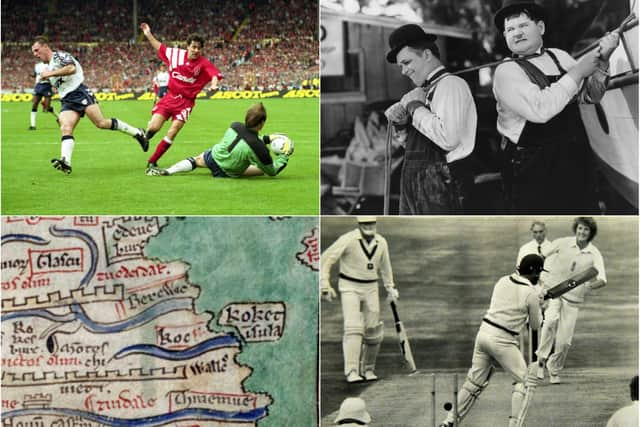

If any older readers can shed light on this eight centuries-old mystery (well it’s a mystery to us), please drop us a line.
2. Bob Willis’ birth in Sunderland explained – he’s one of ours
Legendary cricketer Bob Willis was a fast-bowling legend who took 325 test wickets for England. It is well known that he was born in Sunderland in 1949. But do you know why, other than the fact that his mother happened to be here at the time?
Advertisement
Hide AdAdvertisement
Hide AdWell it’s because his father, Ted Willis, was at that stage a sub-editor for the Sunderland Echo.
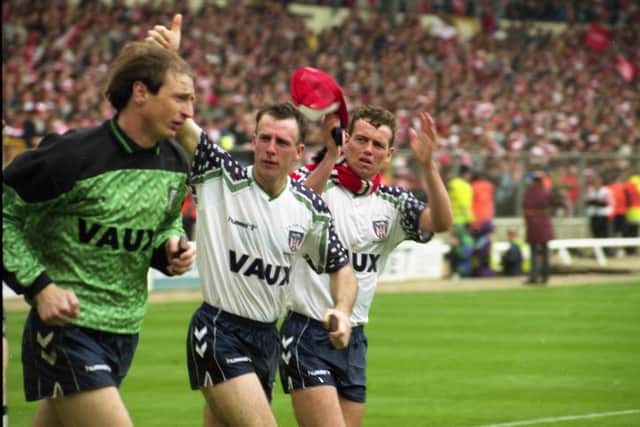

Bob added “Dylan” to his name by deed poll as a teenager in tribute to Bob Dylan. He passed away in 2019 aged 70.
3. Charles Dickens came to Lambton Street – and he was terrified.
Top Victorian novelist Charles Dickens appeared at the newly built Lyceum Theatre in Lambton Street, roughly where the Empire Cinema stands today, on August 28, 1852.
He was terrified and said “I shall never forget it.”
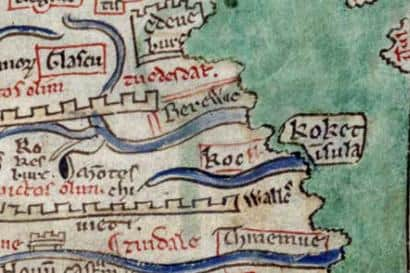

Advertisement
Hide AdAdvertisement
Hide AdAfterwards he wrote to a friend that the venue “had only had the slates put upon the roof by torchlight overnight.”
The building was patently unsafe, not to mention dangerously overcrowded for Dickens’ show. He was relieved that the evening ended without casualties.
Nevertheless, Dickens loved the Mackems and added in his letter: “I never saw such good fellows.”
A builder had confidently informed the author that “there wasn’t a stronger building in the world.”
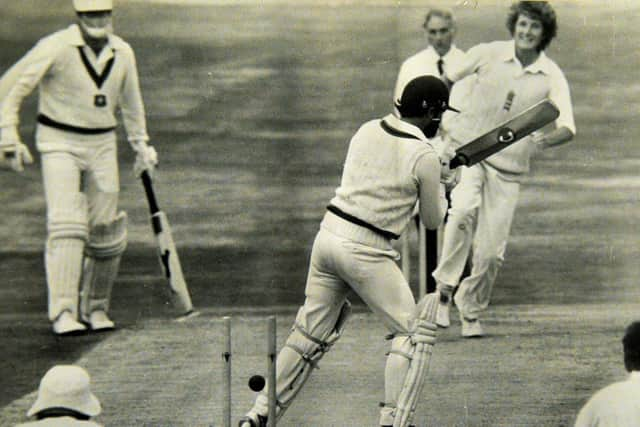

Three years later the Lyceum Theatre burned down.
Advertisement
Hide AdAdvertisement
Hide Ad4. More information on Stan Laurel’s sister – and the ironically named policeman who found her
The Echo has mentioned recently that Stan Laurel’s sister Olga lived in Hartington Street in Roker, where she died in 1976. But we have since been given more information.
A former colleague of ours tells us that neighbours had feared the worst and called the police. She had indeed passed away and a policeman was given the unpleasant task of breaking in. He found Stan’s late sister, as well as a great deal of Laurel & Hardy memorabilia.
The officer’s name was PC Hardy.
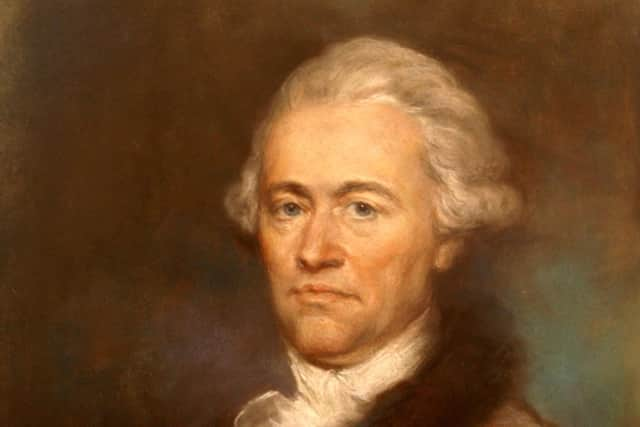

5. There’s no competition with Newcastle to declare first at general elections – no way
Advertisement
Hide AdAdvertisement
Hide AdAt every UK general election between 1992 and 2015, a Sunderland constituency, Sunderland South then Sunderland Central, was first in the country to declare their result.
This meant that for a short while the city would have the UK’s only MP and involved many students sprinting with boxes between vehicles and leisure centres.
But in the last two general elections all-round rotters Newcastle Central have declared first. Sunderland’s election administrator was poached by Newcastle before the 2017 election, although both local authorities deny any petty rivalry on the matter.
Heaven forfend.
6. Sunderland players collect “their” FA Cup winners medals
Sunderland AFC, then of the old Second Division, made an incredible achievement when the team was presented with winners’ medals at the FA Cup final at Wembley – in 1992.
Advertisement
Hide AdAdvertisement
Hide AdSadly this was an error. The medals should have been awarded, by the Duchess of Kent, to the Liverpool team who won the final 2-0. Runners-up and winners had to swap medals afterwards.
7 . A genius – for goodness sake, give this man a blue plaque
William Herschel, 1738-1822 lived in Sunderland for two years, in what is now the Sunniside area.
One of history’s greatest scientific geniuses, among his numerous accomplishments was the discovery of Uranus. But that was the sort of thing he could do before he had even eaten his kippers. He had a brain the size of Witherwack.
Advertisement
Hide AdAdvertisement
Hide AdBut he was also an accomplished composer. We haven’t previously mentioned that the eighth of his 18 symphonies is known as the Sunderland Symphony.
What does a bloke have to do to get a blue plaque around here?
8. Sunderland had its own ‘Tower Bridge’
A bascule bridge, ie. with two “leaves” like London’s Tower Bridge, spanned the shipping junction of Hendon Docks and Hudson Docks, between 1948 and 1977.
What was perhaps even more impressive about the Hendon Dock Junction Bridge was that it was also the world’s first aluminium bridge.
Remarkably few Wearsiders can even remember it.
Advertisement
Hide AdAdvertisement
Hide Ad9. Joseph Swan beat Thomas Edison in court – 2-0 on aggregate
Sunderland genius, the Pallion-born Joseph Swan invented the light bulb – as well as fairy lights – and formed the Edison & Swan Electric Light company in 1883.
This was done in partnership with Thomas Edison, the American multiple inventor who was a genius too, but also boastful, arrogant and a voracious claimer of credit for other people’s work.
In 1882 Edison sued the introverted Swan, claiming infringement of an 1879 US patent. But our Joseph proved he had conducted prior research and publication, so the US Patents Office found against Edison.
Advertisement
Hide AdAdvertisement
Hide AdThe role were reversed in Britain when Swan took Edison to court for infringement. Swan won again. Sunderland two, Michigan nil.
